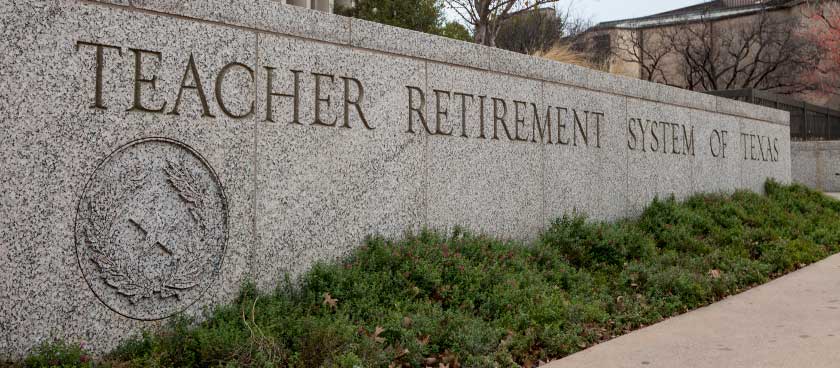Page Contents
Overview
The Teacher Retirement System of Texas (TRS) is the largest public retirement system in Texas and one of the largest in the United States. Established in 1937, TRS provides retirement pensions, disability benefits, health care, and death benefits to employees of Texas public education institutions, including K–12 schools, colleges, and universities.
TRS serves over two million members, including active educators, retirees, and their beneficiaries. In addition to managing retirement benefits, the system oversees large-scale investment operations and administers health insurance programs for both current and retired public education employees.
As a vital component of the state’s education infrastructure, TRS plays a key role in supporting the financial security and well-being of Texas educators throughout their careers and into retirement.
Funding and Solvency
TRS is funded through a combination of employee contributions, state matching contributions, and investment returns. While the system has faced challenges common to large pension funds — such as fluctuating markets and increasing retiree populations — it remains one of the largest and most closely monitored pension funds in the nation. TRS regularly conducts actuarial valuations and reports to ensure long-term solvency. Legislative efforts and contribution rate adjustments in recent years have aimed to strengthen the system’s financial health and close any projected funding gaps.
Membership
Members contribute 8.25% of their salary to TRS, while the state matches with contributions of 8.25%. The average member retires at age 60, receiving a monthly annuity of $2,118. As of August 31, 2024, TRS had a total membership of 2,057,610, comprising 1,548,909 active contributing members and 508,701 retirees and beneficiaries.
Investments
TRS invests about 41% of its assets in public equities (stocks), 15% in private equity, 14% in government bonds, 13% in real estate, 8% in risk parity accounts, and 5% in hedge funds, according to a snapshot of its portfolio on August 31, 2020. TRS managed $164.6 billion in assets on that date.
Structure and Management
The Teacher Retirement System of Texas is governed by a nine-member board of trustees who serve staggered six-year terms.
Three trustees are direct appointees of the governor, two are appointed by the governor from a list prepared by the State Board of Education, two are appointed from nominees of employees of public school districts, and one is appointed by the governor from nominated retired TRS members.
The board leaves the day-to-day management of TRS to an executive director. Other key executives include the chief investment officer, chief strategy officer, and chief audit executive.
Legislative Oversight and Policy Changes
The Texas Legislature plays a key role in shaping TRS policies, including contribution rates, benefit structures, and health care plans. TRS regularly provides updates to lawmakers and responds to legislative mandates. Major reforms in recent years have aimed to enhance fund sustainability, adjust eligibility requirements, and manage rising health care costs.



